-
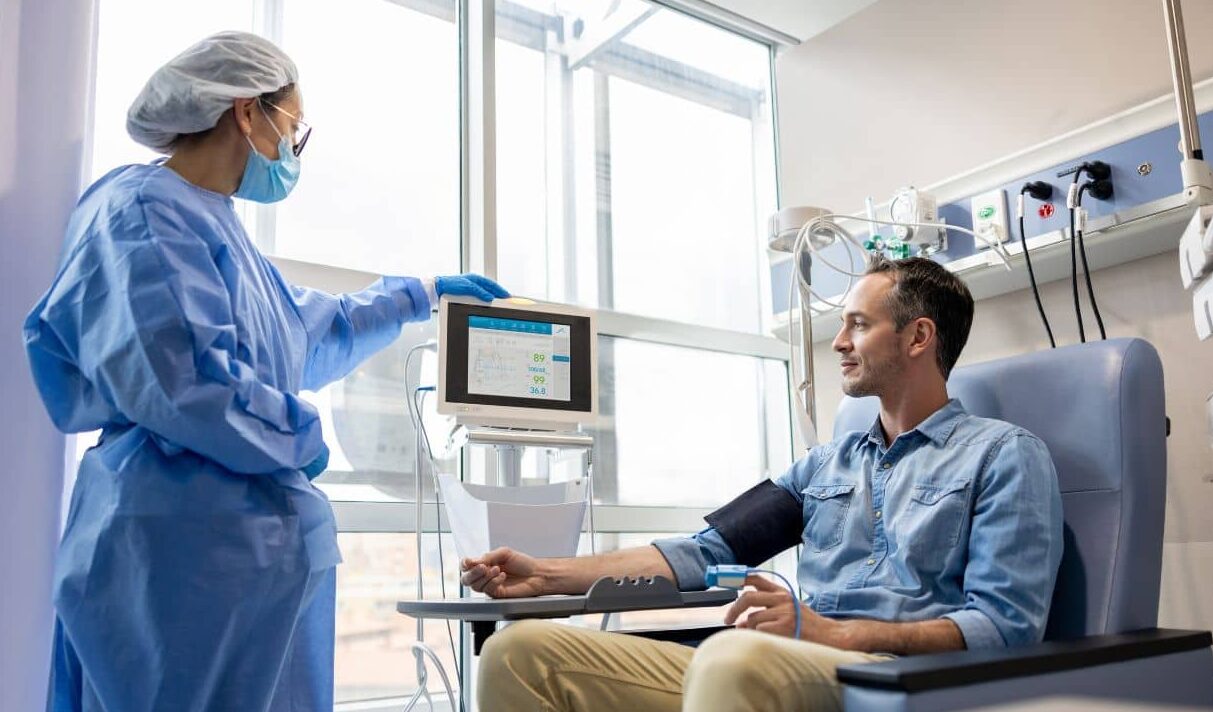 News
When glucose levels are low, chemotherapy ceases to affect cancer cells
News
When glucose levels are low, chemotherapy ceases to affect cancer cells
-
 News
Excessive treatment of prostate cancer in older men may reduce quality of life without increasing its duration
News
Excessive treatment of prostate cancer in older men may reduce quality of life without increasing its duration
-
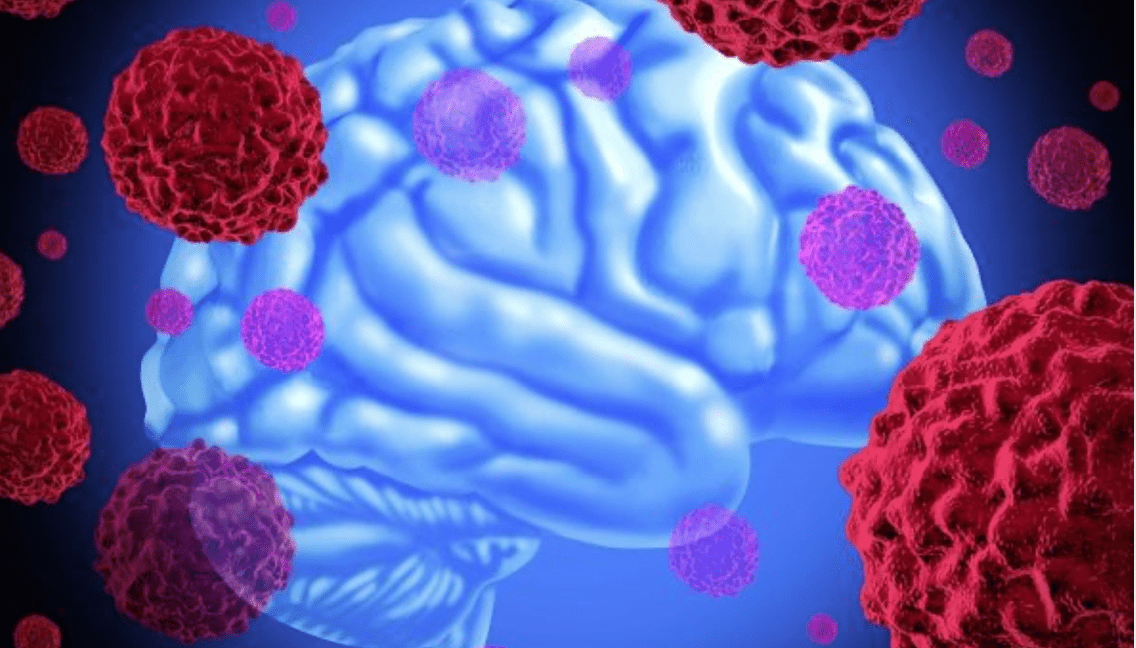 News
Brain cancer can be cured by viruses
News
Brain cancer can be cured by viruses
-
 News
Ways to reduce lymphatic pain in breast cancer have been found
News
Ways to reduce lymphatic pain in breast cancer have been found
-
 News
Scientists have turned bacteria into a powerful weapon against cancer
News
Scientists have turned bacteria into a powerful weapon against cancer
All news
Basalioma treatment
Basal cell carcinoma (BCC) is a common skin cancer that arises from the basal layer of epidermis and its appendages. The prognosis for patients with BCC is excellent, with a 85-95% survival rate for cases that have not spread. Common symptoms: white, skin-colored or pink bump; a brown, black or blue lesion; a flat, scaly, reddish patch, a white, waxy, scar-like lesion.
Tests and producers used to diagnose basalioma: skin biopsy.
Treatment options: Surgical excision., Mohs surgery, Curettage and electrodessication (C and E), Radiation therapy, Freezing, Topical treatments, Photodynamic therapy.
Treatment for cancer that spreads – Targeted drug therapy, Chemotherapy.
MedTour patients recommend clinics for the treatment of basalioma:
Doctors for the treatment of basalioma
Patient reviews
Good!
I want to share my experience with Liv Hospital, where I had a prostate removal surgery due to cancer. From the very beginning, everything was well-organized – the staff helped me with all arrangements, and the doctor explained everything in detail. The hospital itself is very modern and clean, which made me feel more comfortable.
The surgery went well, and I was surprised how fast I started recovering. Now, a few months later, I feel much better and my tests show good results. I’m really grateful to the doctors and nurses at Liv Hospital for their professionalism and care. If anyone is looking for high-quality prostate cancer treatment, I can definitely recommend this place.
Frequently Asked Questions
Basalioma is a cancerous disease characterized by uncontrolled cell division in the top layer of the skin – the epidermis. Basalioma occurs in the lower part of the epidermis. This part is called the basal cell layer.
Basal cells constantly divide and provide regeneration of the skin, layer by layer. New basal cells, as they divide and grow, gradually move toward the outer layer. Eventually, the basal cells turn into squamous cells, which protect the human body from harmful factors.
Basalioma is also known by such names as basal cell carcinoma or basal cell cancer.
The vast majority of first-time identified basaliom are inextricably linked to prolonged exposure to ultraviolet radiation from the sun, as well as from artificial sources of radiation, such as tanning beds.
Ultraviolet radiation can cause various mutations in the DNA of human basal skin cells. DNA is a special chemical that is found in every cell in our body. It makes up our genes, which control the function of all cells.
Scientists have been able to find out that when basaloma develops, the PTCH1 or PTCH2 genes are most often mutated. These are special, so-called suppressor genes that usually control cell growth and division. Their mutation can lead to uncontrolled growth and division of all epidermal layers, including the basal layer.
Basal cell carcinoma most often occurs on unprotected areas of the skin that are most exposed to ultraviolet light – face, head, neck. Since basal cells are an integral part of the entire skin, basalioma can occur on the body and extremities.
Basalioma rarely metastasizes and tends to grow slowly. Some specialists regard basal cell cancer as an intermediate form between malignant and benign lesions. However, the patient needs to understand that basalioma necessarily requires treatment, because the tumor cells can spread and damage deeper tissues, all the way down to the bone.
If not removed completely, basal cell cancer can return (recur) to the same spot on the skin. People who have had basal cell skin cancer are more likely to get other cancers.
Specialists also identify a number of reasons that may increase a patient’s chances of getting basal cell cancer. These are called risk factors. Risk factors for basalioma include:
- Prolonged exposure to ultraviolet rays. Exposure to ultraviolet (UV) rays is thought to be the main risk factor for most skin cancers.
- Light skin tone. Anyone can get skin cancer, but people with lighter skin tones have a much higher risk than people with naturally darker skin tones. This is because people with fair skin have low levels of melanin, which is the protective pigment of human skin. Melanin protects the skin from overexposure to the sun’s rays.
- Patients with albinism have a high chance of getting basalioma. The protective skin pigment may be completely absent in albinism. This disease is hereditary in nature.
- Older and advanced age. Older patients have a higher chance of getting basal cell carcinoma compared to the younger population. This is most likely due to longer exposure to sunlight on unprotected areas of the skin.
- Male gender. Studies show that the chances of getting basalioma are higher if the patient’s gender is male.
- Exposure to chemicals. Basalioma is more common in people who are in constant contact with arsenic, coal tar, paraffin, and petroleum products. Arsenic can be found in pesticide production, as well as in untreated water from wells.
- Radiation. Patients who have previously been treated for other cancers with radiation therapy have a higher chance of getting skin cancer. To a greater extent, this affects children who have been treated for cancer with radiation therapy.
- Scars from severe burns, as well as skin damaged by certain inflammatory skin diseases, are more likely to develop skin cancer, although the risk is generally low.
- Treatment of psoriasis (chronic inflammatory skin disease) with psoralen and ultraviolet light.
- Associated diseases and infections. Xeroderma pigmentosum, basal cell nevus syndrome, and other hereditary skin diseases increase a patient’s chances of getting basalioma or other skin cancer. Human papillomavirus (HPV) can provoke the development of skin cancer. Human papillomaviruses (HPVs) are a group of more than 150 viruses. According to experts, certain types of HPVs that affect the genital and anal areas and the skin around the nails may be associated with the development of basalioma in these areas.
- Weakened immunity. People with a weakened immune system are more likely to be diagnosed with skin cancer. The immune system helps the body fight skin and other organ cancers. The immune system can be weakened by taking immunosuppressive therapy, which is prescribed after organ transplants. Patients with HIV infection can get basalioma on the background of a weakened immune system.
Treatment with high doses of corticosteroid drugs can also weaken the immune system. It can also increase the risk of skin cancer.
Current treatments for basalioma according to the American Cancer Society (ACS 2020)
Surgical treatment
Excision
This is the simplest technique in which the surgeon removes the basalioma with a scalpel. To avoid spreading the tumor, the basalioma is removed with some of the surrounding healthy skin. Before the surgery, the doctor injects the removal area with an anesthetic. After the tumor is removed, the edges of the wound are closed and stitched. Often, a postoperative scar may remain after this surgery.
Curettage and Fulguration
This type of basal cell cancer removal consists of two steps. First, the doctor scrapes the tumor area with a long, thin instrument with a sharp loop on the end, called a curette.
In the next step, the surgical field is treated with a thin electric needle – an electrode. This is necessary to destroy any cancer cells that may have remained after removal. Such removal of a basalioma is especially effective if the tumor is located in the superficial parts of the epithelium.
Mohs surgery
The surgery is also known as Mohs micrographic surgery, or MMS. Doctors use it in cases where the extent of tumor spread in the tissue is not known or there is a high risk of cancer spread after surgery.
During Mohs surgery, the specialist first removes a thin layer of skin along with the tumor and then examines the removed sample under a microscope. If cancer cells are found in the removed skin, the doctor removes and checks the next layer under the microscope.
The layer-by-layer removal of the skin occurs until the examined material is completely clear, without the presence of basalioma cells. This surgery is more time-consuming than other methods. However, it preserves more healthy skin, minimizing the cosmetic defect.
Non-surgical tumor removal
Cryotherapy
Cryotherapy, or cryosurgery, involves the local application of liquid nitrogen to the tumor area. This technique is most commonly used for precancerous skin conditions such as actinic keratoses, as well as small cell basalioma. The procedure can be performed several times to reliably destroy all tumor cells in the area of the detected basalioma.
Photodynamic therapy (PDT)
PDT, like cryotherapy, is widely used to treat precancerous skin conditions. However, scientists are conducting research into the efficacy of photodynamic therapy in treating basaloma.
During photodynamic therapy, the site of the alleged tumor on the skin is smeared with a special gel. The drug penetrates and accumulates in the cancer cells for several days, making them very sensitive to certain types of light. A special light source is then focused on
the tumor and destroys the cancer cells containing the light-sensitive drug.
Topical chemotherapy
Chemotherapy, which is used in the form of ointments and creams and applied directly to the location of the suspected basalioma is a gentler method compared to systemic administration of chemotherapy drugs. This is due to the fact that chemopreparations in the form of ointments act directly in the tumor zone, without destroying healthy cells of other organs and systems.
5-Fluorouracil (5-FU), which is marketed under the following trade names, is used in the treatment of basalioma:
- Efudex,
- Carac,
- Fluoroplex.
Immune response modifiers
Some drugs enhance a patient’s immune response against tumor cells. Treatment of early stages of small cell basalioma may use interferon, which is injected directly into the tumor to enhance the body’s immune response. Interferon treatment is used when surgery is not possible for one reason or another.
Imiquimod (Zyclara) is a topical cream that causes a specific immune response that destroys tumor cells.
Radiation therapy
Treatment of basalioma with radiation therapy is used in combination with surgery or other therapies. It may be effective before or after surgery to reduce tumor growth, size, and activity, and to reduce the chances of tumor spread after surgery.
Radiation may also be the only treatment when the location and size of the tumor does not permit surgery.
When treating basalioma, radiation therapy should be focused on the surface of the person’s skin. For this purpose, radiation therapy with low-energy X-rays or electron-beam therapy, which is based on emitting electrons, is used.
Chemotherapy
Systemic chemotherapy may be an effective treatment when the tumor has spread beyond the primary focus. In these cases, the patient may be prescribed 5-Fluorouracil or Cispalstine. However, basalioma rarely produces foci of metastasis, so doctors are more likely to use targeted therapy in such cases.
Targeted therapy
Targeted therapy targets the parts of tumor cells that distinguish them from normal skin cells. This means that targeted therapy can be effective even when standard chemotherapy fails.
Targeted drugs are prescribed in cases where there has been a recurrence of basaliosis or if the tumor has metastasized to other tissues and organs.
Published:
Updated:

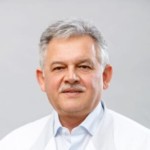
Information on this webpage verified by the medical expert


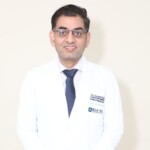
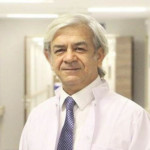


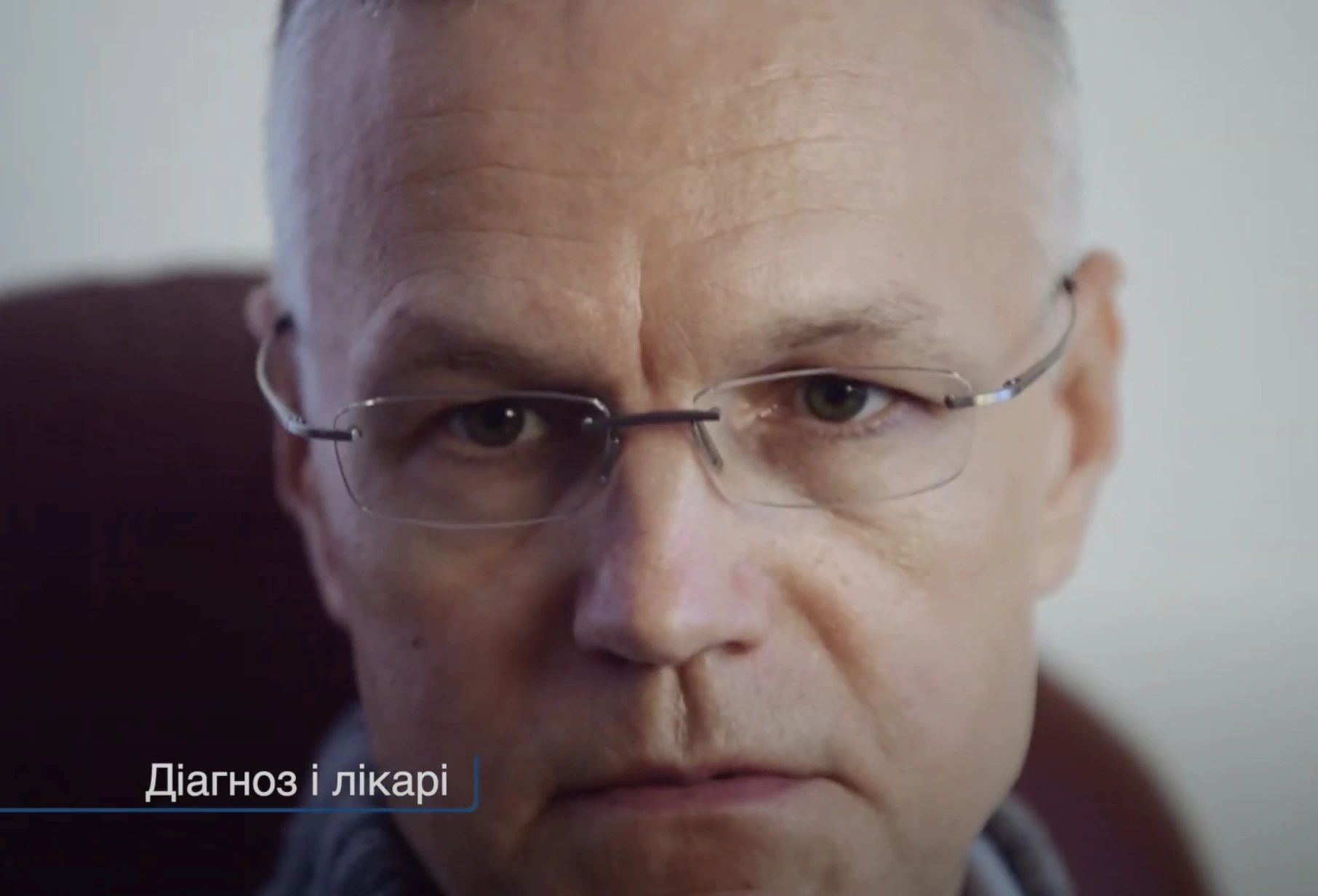
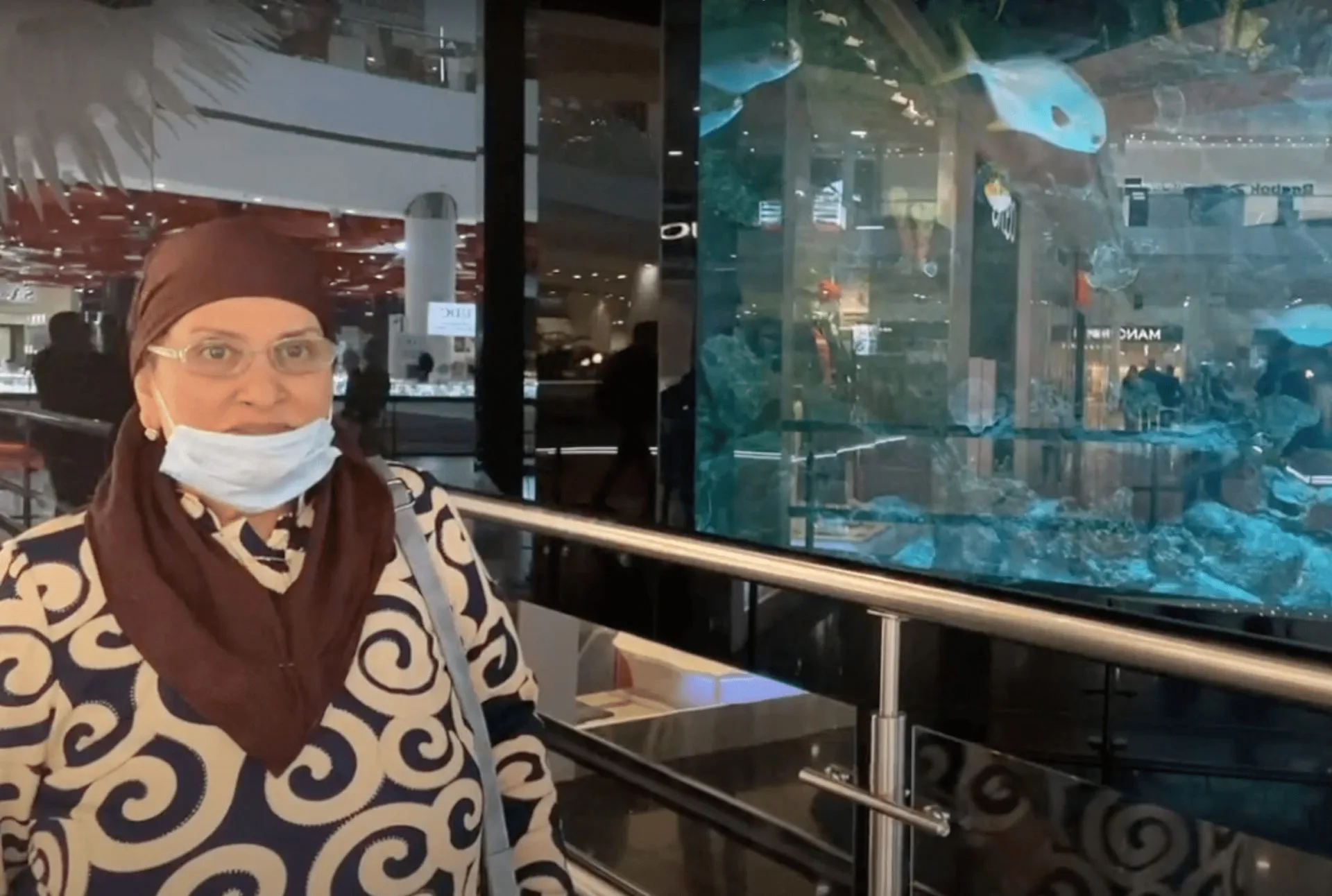

Does Ralf buhl also remove brain lipomas?